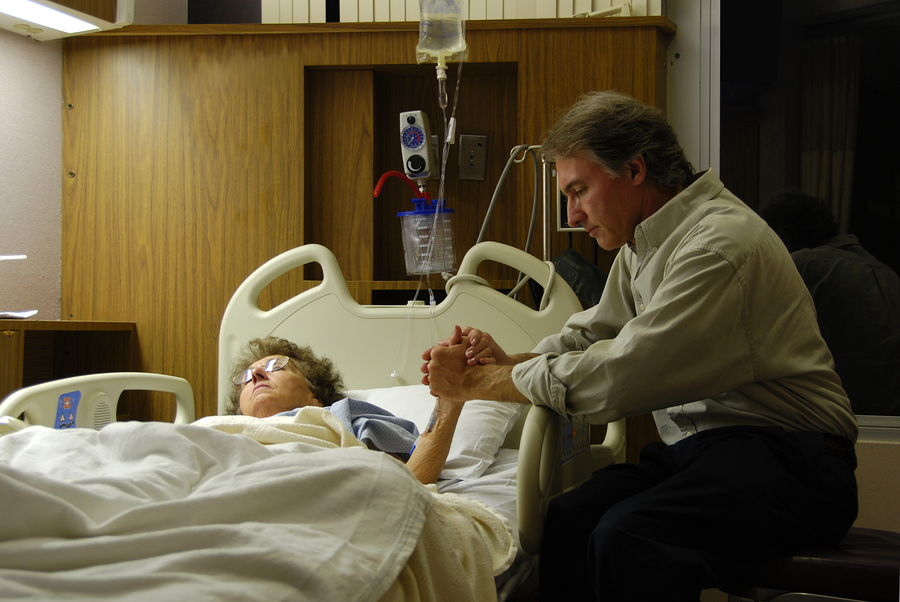CDC: Heroin and Fentanyl Crisis ‘Rapidly Expanding’
/By Pat Anson, Editor
A new report from the Centers for Disease Control and Prevention further documents the “rapidly expanding” death toll linked to heroin and illicit fentanyl – an overdose crisis that the CDC continues to blame on prescription opioids.
The agency reported in its Morbidity and Mortality Weekly Report that nearly 13,000 American died from heroin overdoses in 2015, four times the number of heroin deaths in 2010.
Starting in 2013, deaths from illicitly manufactured fentanyl (IMF) also began to spike in the Northeast, Midwest and South -- what the agency calls the “third wave” of the overdose crisis. Fentanyl is a powerful synthetic opioid 50 to 100 times more potent than morphine.
“The heroin and IMF drug market in the United States is rapidly expanding in the context of widespread prescription opioid misuse. As a result, opioid-involved deaths are currently at peak reported levels,” the CDC reported.
“Increased heroin availability combined with high potency and relatively low price might have made heroin a viable substitute because its effects are similar to those of prescription opioids. The strongest risk factor for heroin use and dependence is misuse of or dependence on prescription opioids.”
But a second report from CDC that focused on more recent overdoses in Ohio tells a different story. Opioid pain medication plays a shrinking role in the Buckeye state’s overdose crisis.
heroin and fentanyl pills (DEA photO)
In the first two months of 2017, the CDC estimated that at least 259 people died in Ohio from overdoses of fentanyl or fentanyl analogs – compared to just 12 deaths involving heroin, 64 deaths linked to opioid pain medication, and 75 deaths involving benzodiazepines, a class of anti-anxiety medication that includes Xanax.
“Evidence from the toxicologic analyses of unintentional overdose deaths in Ohio from the beginning of 2017 indicate the increasing and substantial role of IMFs, and the declining presence of heroin and pharmaceutical opioids in overdose fatalities,” the CDC said.
A recent report from the DEA found a similar trend in neighboring Pennsylvania. Over half the drug deaths in Pennsylvania in 2016 were linked to fentanyl and just 25 percent involved painkillers.
‘The Medical Board Will Come After You’
How are politicians reacting to these new reports about the changing nature of the overdose crisis?
In Ohio they’re tightening the rules on prescription pain medication. New guidelines that went into effect yesterday limit opioid prescriptions for acute pain to just seven days for adults and five days for minors. Patients suffering from cancer or chronic pain are exempt from the rules -- although many doctors have been reluctant to prescribe to those patients because they fear scrutiny. Ohio’s governor didn’t mince words when he warned prescribers that they’ll be held accountable for any slip-ups.
"If you're a dentist, doctor, I don't care who you are, you violate these guidelines, the medical board will come after you," Gov. John Kasich said in the Cleveland Plain Dealer. "And you will be disciplined and perhaps even lose your license."
New Jersey Gov. Chris Christie, who chairs President Trump’s opioid commission, uses similar language that pins the blame on doctors.
“Four out five new heroin addicts start on prescription opioids. This is a problem that’s not just starting on our street corners. Where it’s really starting is our doctor’s offices and hospitals,” Christie told CNN.
Jeffrey Singer, MD, a senior fellow at the Cato Institute, warns that this sort of “frightening and imprecise rhetoric” often lead to poorly designed policies that only make the problem worse.
“No matter how much regulators clamp down on the medical use of opioids the overdose rate grows. Yet the overwhelming majority of overdose victims are not patients receiving opioids for pain,” Singer wrote in Townhall.
“The opioid overdose problem requires a calm and reasoned approach, and a willingness to admit to previous policy mistakes. Rhetoric aimed at frightening the public does not foretell a propitious start.”



























